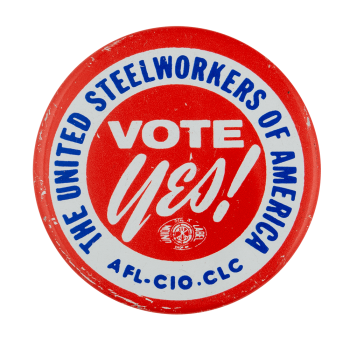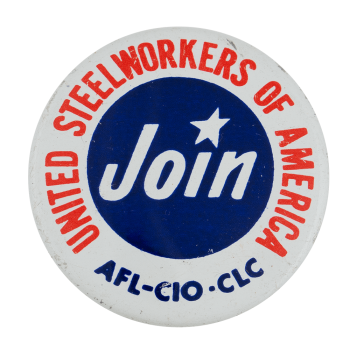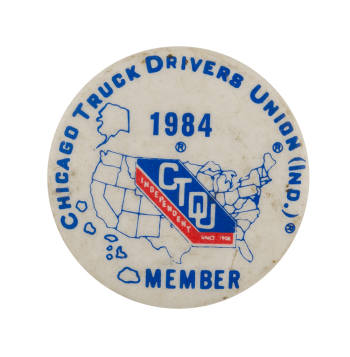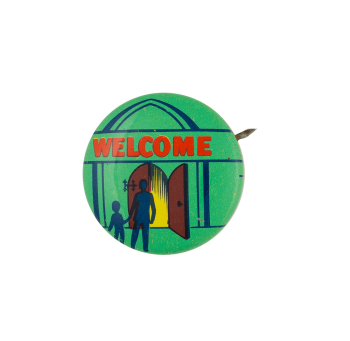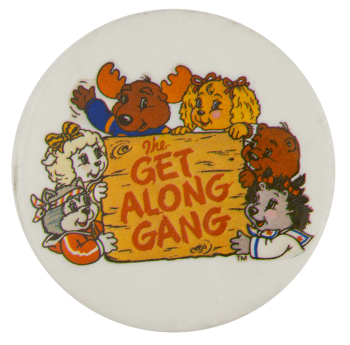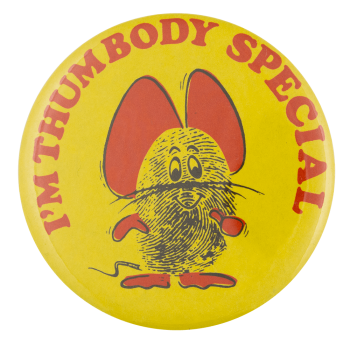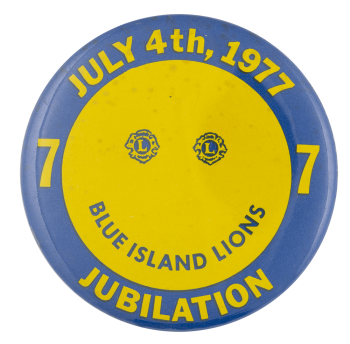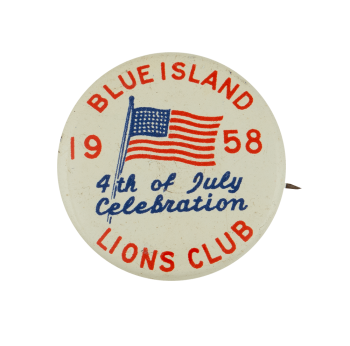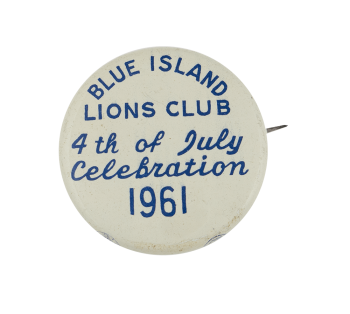United Steelworkers Vote Yes
| Category | |
|---|---|
| Additional Images | |
| Sub Categories | |
| Text on Button | THE UNITED STEELWORKERS OF AMERICA VOTE yes! Union bug AFL·CIO·CLC |
| Image Description | White text on red center circle with blue text in white middle circle on red background. |
| Curl Text | Union bug MADE IN U.S.A. Union bug |
| Back Style | |
| The Shape | |
| The Size | |
| Additional Information | The United Steel Workers are a union formed to bargain agreements for steel workers. Their agreements set the pattern for hundreds of thousands of workers in dozens of industries for (re)negotiationg contracts or benefits and providing standards in work areas. They also secure equal treatment on the job and provide an established procedure for resolving differences with supervisors and management — a grievance procedure that resolves disputes on their merits, not on favoritism. Unions are not standard policy for all companies and must be incorporated into some existing positions. Requesting potential members to, "vote yes," means that the employees will elect to have the union at their profession and pay the dues toward that union so that the union will work as a mediator between the employee and the employer to take care of group benefits. |
| Sources | |
| Catalog ID | CL0594 |

